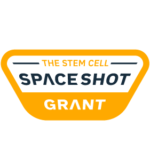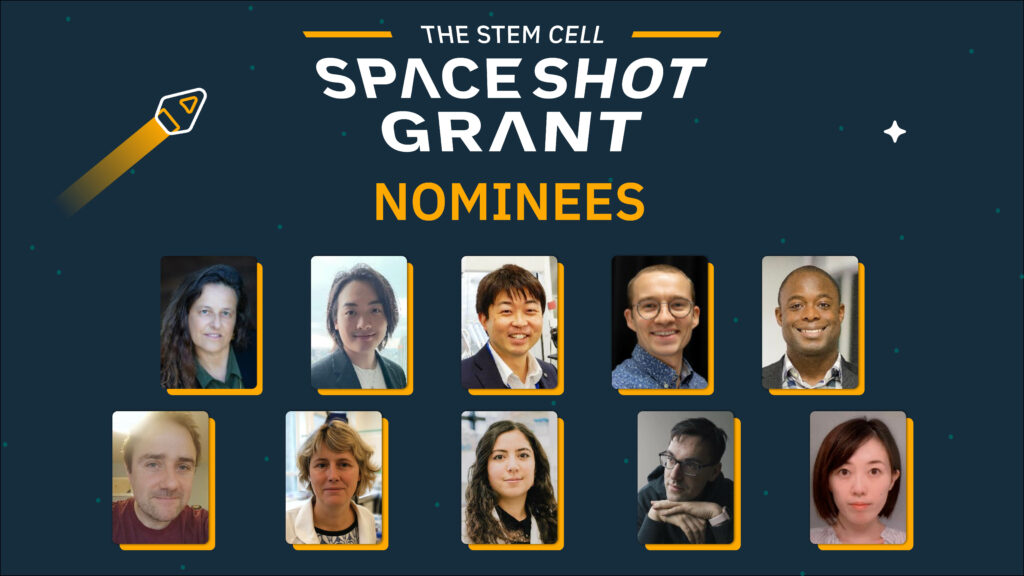Bordeaux, France / August 30th, 2022 – TreeFrog Therapeutics, a biotechnology company aimed at making safer, more efficient and more affordable cell therapies based on induced pluripotent stem cells (iPSCs), today announced the nomination of 10 international scientists for the Stem Cell SpaceShot grant. Each nominee was anonymously selected based on a 1-page research project description. In early October, the 10 nominees will be interviewed by an international jury of experts in stem cell biology, gene editing and biophysics, which will determine the winner of the $100,000 Stem Cell SpaceShot Grant.
“With the Stem Cell SpaceShot Grant, we basically created the research funding that we would have liked to apply to when we were post-docs. I am delighted that the scientific community adhered to this idea of a simple, quick and anonymous application process. I warmly thank the many academic institutions and industry players that helped us spread the word, making this first edition a success.” commented Maxime Feyeux, PhD, co-founder and chief scientific officer of TreeFrog Therapeutics. “I have been very impressed by the quality and the number of applications, and I am now looking forward to knowing who’s going to be chosen by the jury. In the end, our nominees are well-distributed across disciplines, therapeutic focus and continents (America, Europe and Asia are represented). Let’s wish them best of luck!”
Interview of Maxime FEYEUX, CSO of TreeFrog Therapeutics
Nominees :
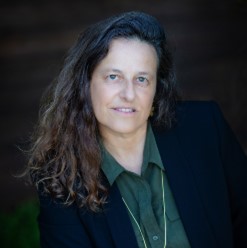
Angels Almenar-Queralt, PhD
Associate Project Scientist, Muotri Laboratory
University of California, San Diego (UCSD), United States
Research project: Replacing dysfunctional neurons by engrafting in vitro-generated cells into the adult central nervous system is a promising avenue for treating currently incurable neurological conditions. However, cell replacement therapies still face challenges. Among them, poor integration of the newly generated neurons into the host intricated neural network built over the years jeopardizes successful functional recovery. I propose that swapping the intrinsic immature signature of adhesion molecules displayed at the surface of the in vitro-generated neurons with an adult signature matching host cells would enhance cell integration. Signature swaps will be achieved using CRISPR epigenome-based editing approaches in human pluripotent stem cells.
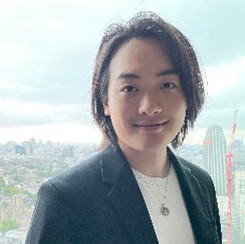
Matthew Wai Heng Chung, PhD
PhD student, Laboratory of Macrophage Biology
King’s College London, United Kingdom
PhD student team: Cher Shen Kiar & Sofia Syntaka, King’s College London
Research project: Neuronal damage including spinal cord injury and traumatic brain injury has affected 27 million and 55 million people respectively in 2016. Despite its significant unmet clinical need, neuronal repair remains a major challenge. We propose hiPSC-derived enhanced macrophages as a unique solution for neuronal replacement therapy, by integrating (1) synthetic immuno-modulatory gene circuits and (2) cell fate engineering to generate functional neurons. Our regenerative medicine focuses on the often-overlooked interplay between immunology, cell integration, and tissue repair, to deliver better motion, senses, and health for our patients.
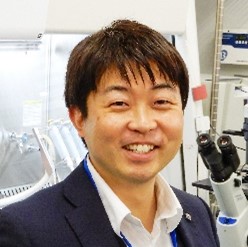
Yohei Hayashi, PhD
Team Leader, iPS Cell Advanced Characterization and Development Team, RIKEN BioResource Research Center
Professor, Faculty of Medicine, University of Tsukuba, Japan
Research project: Cellular reprogramming technology has progressed as innovative tools in basic biology and regenerative medicine. Also, recent studies showed that transient expression of the reprogramming factors can rejuvenate aged tissues. However, the low efficiency of reprogramming and the low cell quality after reprogramming remain problems in clinical applications using induced pluripotent stem cells (iPSCs). In this study, I develop “next-generation reprogramming factors” with superior reprogramming ability and bulk-direct iPSCs that do not require cloning or passaging to achieve the full potential of clinical applications by using these factors. Lastly, I aim to demonstrate these factors to rejuvenate aged tissues better.
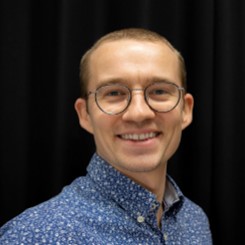
Timo N. Kohler, PhD
Research Associate, Hollfelder Laboratory
University of Cambridge, United Kingdom
Research project:
In our lab, we are using droplet microfluidics to study pluripotency and differentiation. In this project, we aim is to fully characterize the pluripotent state in naïve and primed primate (induced) pluripotent stem cells (PSCs) by comparing conventional 2D culture with biomimetic 3D microgel culture approaches. Our second aim will be to generate human (induced) PSCs-derived amnion-like cells and test for their compatibility with microgel culture. Finally, our third aim will be the validation and quality control of generated tissues (including amnion) via VASA-seq, allowing for more precise characterization than conventional single cell sequencing technologies.
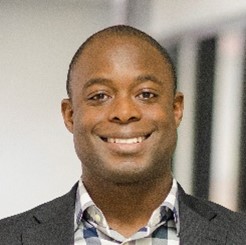
Sam Senyo, PhD
Assistant Professor, Senyo Laboratory, Center for Cardiovascular Biomaterials
Department of Biomedical Engineering
Case Western Reserve University, United States
Research project:
While tissue engineering strives to build new organs, the interfaces between tissues are less studied. This project uses the heart as a paradigm for anatomical and sub-tissue interfaces (e.g. atria-ventricle; interstitial-peripheral) to investigate the impact on stem cell derived cardiac cells. The project uses established bioprinting technology and chemistry to evaluate hybrid biomaterial scaffolds for cell co-culture. We hypothesize that mimicking tissue interfaces will coordinate multicellular interactions to increase cell survival, localization, and functionality. Success of this proposal will inform the next generation of tissue engineered therapy and establish better models for studying compromised health conditions in the dish.
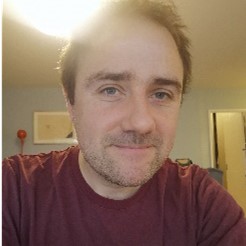
Benoit SORRE, PhD
CNRS Researcher, “Dynamic Control of Signaling and Gene Expression” team Physical Chemistry Curie (UMR168) Laboratory
Curie Institute, Paris, France
Research project:
The goal of the SpineOnChip project is to set up a human spinal cord on chip to study the formation of human spinal neural circuits that convey sensory and motor information. This tool will permit the reconstitution of the diversity, spatial organization and functional properties of neural cells normally found along the embryonic neural tube. SpineOnChip will improve our understanding on how cell signaling and communication control the emergence of organized arrays of neuronal progenitors and how coordinated neural activity is established during human spinal neurogenesis and pave the way toward fabrication of functional spinal tissues.
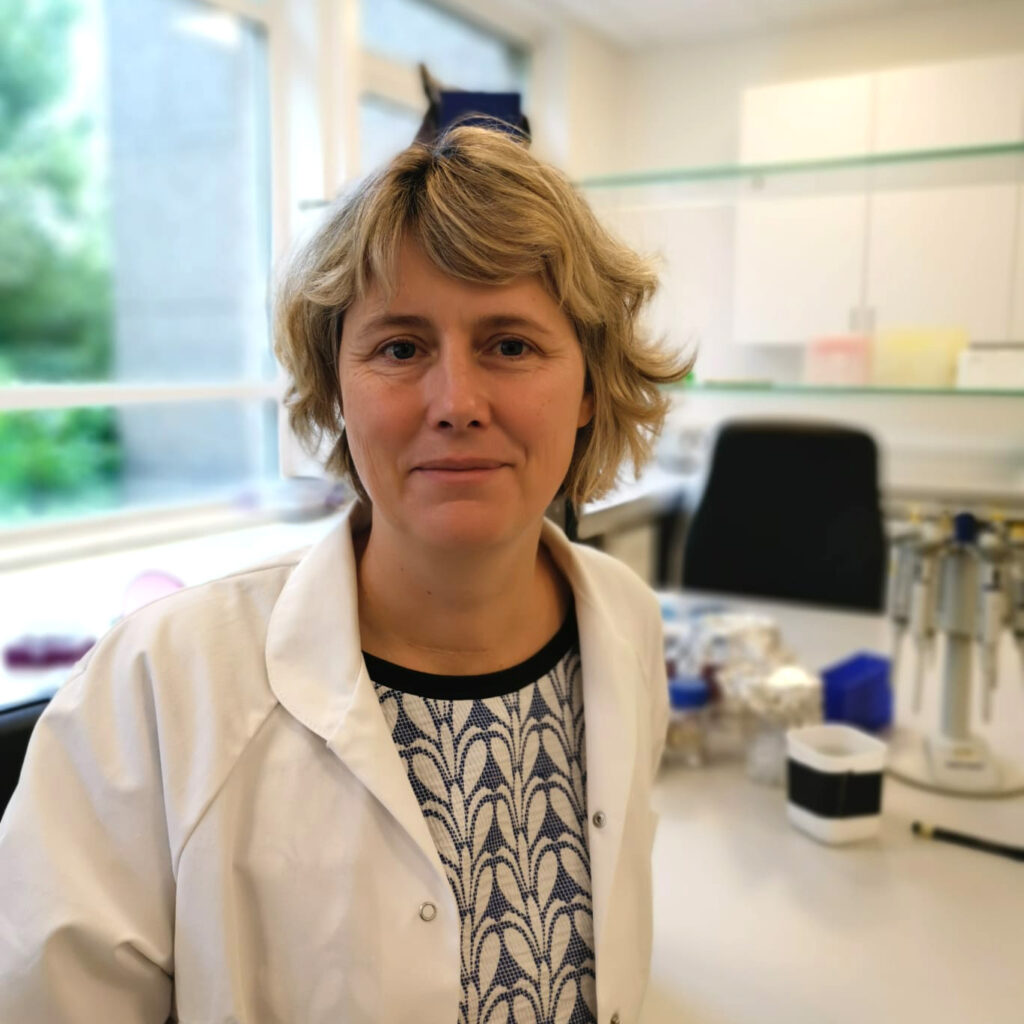
Pr Claudia SPITS
Principal Investigators
Research Group Reproduction and Genetics
Vrije Universiteit Brussel, Belgium
Research project:
With human pluripotent stem cells (hPSC) taking their first steps into the clinic, important safety concerns remain with regards to the susceptibility of hPSC to acquiring genome abnormalities often resembling those found in cancers. Currently, we have a poor understanding of how these mutations impact the oncogenic capacity of hPSC-derived cells. In this project, we will test the hypothesis that the genetic abnormalities seen in hPSC act as a first hit in a cancerous transformation. For this, we will develop two novel hPSC-derived organoid models of tumorigenesis and use them to study the tumor-formation capacity of differentiated aneuploid hPSC.
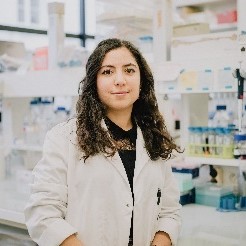
Sonia TAÏB, PhD
Post-doctoral fellow, Vasconcelos Laboratory
Toronto General Hospital Research Institute
University Health Network, Canada
Research project:
My research project aims to address one major obstacle in enhancing effective therapies: resolving ischemia to improve engraftment efficacy and survival of grafted cells. My goal is to define the key principles governing effective vascularization of a graft to help regenerate tissue after an injury or in disease. Then, to apply these principles to the progeny of human pluripotent stem cells to advance cell-based vascularization. While several problems remain in generating effective cell-based therapies, this project will enable the generation of a vascularization blueprint that can be applied to support the transplantation of different cell types.
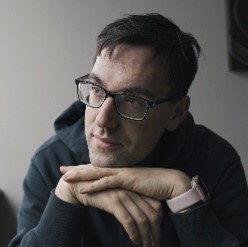
Tyler J. WENZEL, PhD
Postdoctoral Fellow, Cell Signalling Laboratory
University of Saskatchewan, Saskatoon, Saskatchewan, Canada
Research project:
Microglia are important cells in the brain and are critical for maintaining healthy brain function. Microglial dysfunction can lead to Alzheimer disease (AD)-related histopathology. There currently is no cure for AD, but transplanting healthy microglia into the brains of AD patients may provide therapeutic benefit as this approach has already shown promise in mouse models of AD. This project will lay the foundation needed to establish a pipeline to isolate healthy human microglia suitable for transplantation and to identify the time point in AD progression when this regenerative therapy would be most effective.
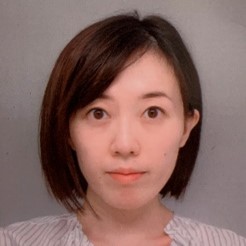
Hitomi YAMAGUCHI, MD
PhD student, Takebe Laboratory
Tokyo Medical and Dental University, Japan
Research project:
Acute-on-chronic liver failure (ACLF) has a poor prognosis without definitive therapy. Although bio-artificial liver (BAL) device using immortal or xenogenic hepatocytes is an emerging option, restoring immuno-metabolic homeostasis represents a key challenge. We propose to engineer a hybrid BAL device with myeloid suppressive and genetically engineered “designer” human liver organoid (dHLO) components. Metabolically-augmented dHLO from hypoimmunogenic pluripotent stem cells will be populated in an extracorporeal circulatory device and tested for rescuing liver metabolic and detoxification functions in a ACLF rat model. The success of this program will pave the way toward a potential cure for ACLF patients.
About the stem Cell SpaceShot Grant
The Stem Cell SpaceShot Grant is a $100,000 research funding in the field of stem cell biology and regenerative medicine powered by TreeFrog Therapeutics. Based on a simple and anonymous application process, the grant is open to PhD scientists and PhD students conducting research in stem cell biology, biophysics, gene editing, cell therapy, and bioproduction engineering. For this first edition, applications were open from May 1st to June 30th 2022 and 10 nominees were selected over the summer. In October 2022, nominated scientists will be interviewed by an interdisciplinary jury composed of world-class experts in stem cell biology, gene editing and biophysics. The winner of the $100,000 prize will be announced in October 2022.
Learn more
About TreeFrog Therapeutics
TreeFrog Therapeutics is a French-based biotech company aiming to unlock access to cell therapies for millions of patients. TreeFrog Therapeutics is developing a pipeline of therapeutic candidates using proprietary C-Stem™ technology, allowing for the mass production of induced pluripotent stem cells and their differentiation into ready-to-transplant microtissues with unprecedented scalability and cell quality. Bringing together over 80 biophysicists, cell biologists and bioproduction engineers, TreeFrog Therapeutics raised $82M over the past 3 years to advance its pipeline in regenerative medicine and immuno-oncology. The company is currently opening technological hubs in Boston, USA, and Kobe, Japan, to drive the adoption of C-Stem™ and build strategic alliances with leading academic, biotech and industry players in the field of cell therapy.
Media Contact:
Pierre-Emmanuel Gaultier
+ 33 6 45 77 42 58
pierre@treefrog.fr




